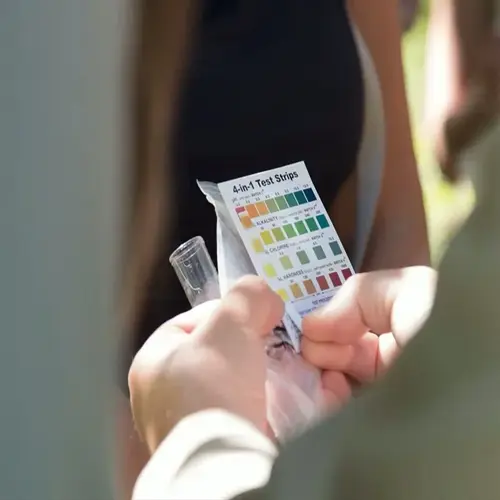What plants should you avoid with dogs?

Written by
John Williams
Reviewed by
Prof. Henry Webster, Ph.D.Dogs are at risk from common plants and foods. Grapes and raisins are kidney toxic even in small amounts. Xylitol present in sugar-free products leads to life-threatening hypoglycemia. I treated a Labrador that needed IV glucose after chewing on a gum. You need to be aware of these dangers.
Grape/Raisin Poisoning
- Kidney shutdown within 24 hours
- Action: Induce vomiting immediately if recent
- Hospitalization: IV fluids for 48 hours minimum
- Prevention: Never feed table scraps containing grapes
Sago Palm Exposure
- Liver damage appears after 12 hours
- Critical sign: Black tarry stools
- Antidote: N acetylcysteine IV infusion
- Survival rate: <50% without rapid treatment
Oleander, even through casual contact, can lead to cardiac arrest. A German shepherd I cared for, unfortunately, passed away due to chewing the trimmings of this shrub while out on a walk. All parts of the plant, even dried, are toxic. This means that this plant should be removed from yards or areas where dogs may visit.
Macadamia nuts can cause neurological problems such as tremors. Even six macadamia nuts can cause a terrier to have paralysis in its hind legs overnight. A full recovery will typically occur within 24-48 hours with supportive care. Be sure to keep nuts out of reach of dogs who counter surf.
Plants with xylitol, such as certain mints, create insulin surges. Hypoglycemia can result in collapse and seizures in minutes. I carry glucose gel with me when I walk my spaniel as a precaution after a hypoglycemic crisis. I check labels for ingredients on all products in the home.
Create safe zones using dog-friendly plants like rosemary and snapdragons. I replaced oleander hedges with butterfly bushes. Use raised garden beds for toxic species. Your vigilance prevents emergencies.
Read the full article: Toxic Plants for Pets: Ultimate Safety Guide
